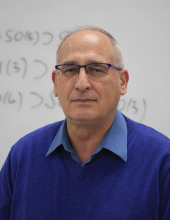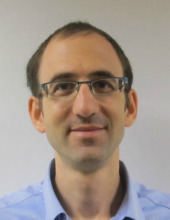
The atomic nucleus forms a unique laboratory where different interactions (strong, weak, and electromagnetic) and particles meet. The relevant degrees of freedom depend on the energy and distance scales, and range from collective coordinates and A-body systems of protons and neutrons at low energies, Hadrons (Baryons and Mesons) at intermediate energies, to quarks and gluons at high energies. The diversity of phenomena and simple patterns observed in nuclei, in spite of their apparent complexity, is the result of the fundamental interactions acting between the constituents, their internal and in-medium properties and the underlying symmetries that govern their behavior.
The study of nuclei and their constituents is a challenge. It exemplifies a strongly correlated finite quantum system at work, a test ground for new phenomena awaiting to be explored by a variety of probes and, most importantly, incorporates a fruitful exchange between experiment and theory. The research carried out the Racah Institute embraces a wide range of topics, from the single-nucleon to an ensemble of nucleons. Current activity includes:
Theory
- Emerging symmetries in nuclei; Partial dynamical symmetries (A. Leviatan)
- Quantum phase transitions; Shape coexistence and shell evolution in nuclei (A. Leviatan)
- Hypernuclei; Strange Hadronic matter; Dibaryons (A. Gal)
- Exotic atoms (E. Friedman, A. Gal)
- Electroweak reactions in light nuclei; Short-range correlations (N. Barnea)
- Effective Field Theory for lattice nuclei (N. Barnea)
- Weak and rare nuclear reactions and decays (D. Gazit)
Experiment
- Search for physics beyond the Standard Model using low-energy high-precision experiments: Rare Isotope production; Magneto-Optical and electrostatic Traps (G. Ron)
- Nucleon form factors; Medium modification; The proton-radius puzzle (G. Ron)
- Slow positron beams as a probe of material properties (G. Ron)
- Nuclear Astrophysics: measurements of nuclear reaction rates at novae and supernovae temperatures (M. Friedman)
- Neutron-induced fission characterization for nuclear reactor applications and r-process studies (M. Friedman)
- Nuclear Astrophysics: Accelerator Mass Spectrometry (M. Paul)
- Radioactive Ion Beams; Neutron-capture cross sections (M. Paul)
The group is prolific and highly-regarded internationally, with strong collaborative ties in leading
research institutes and laboratories worldwide.


